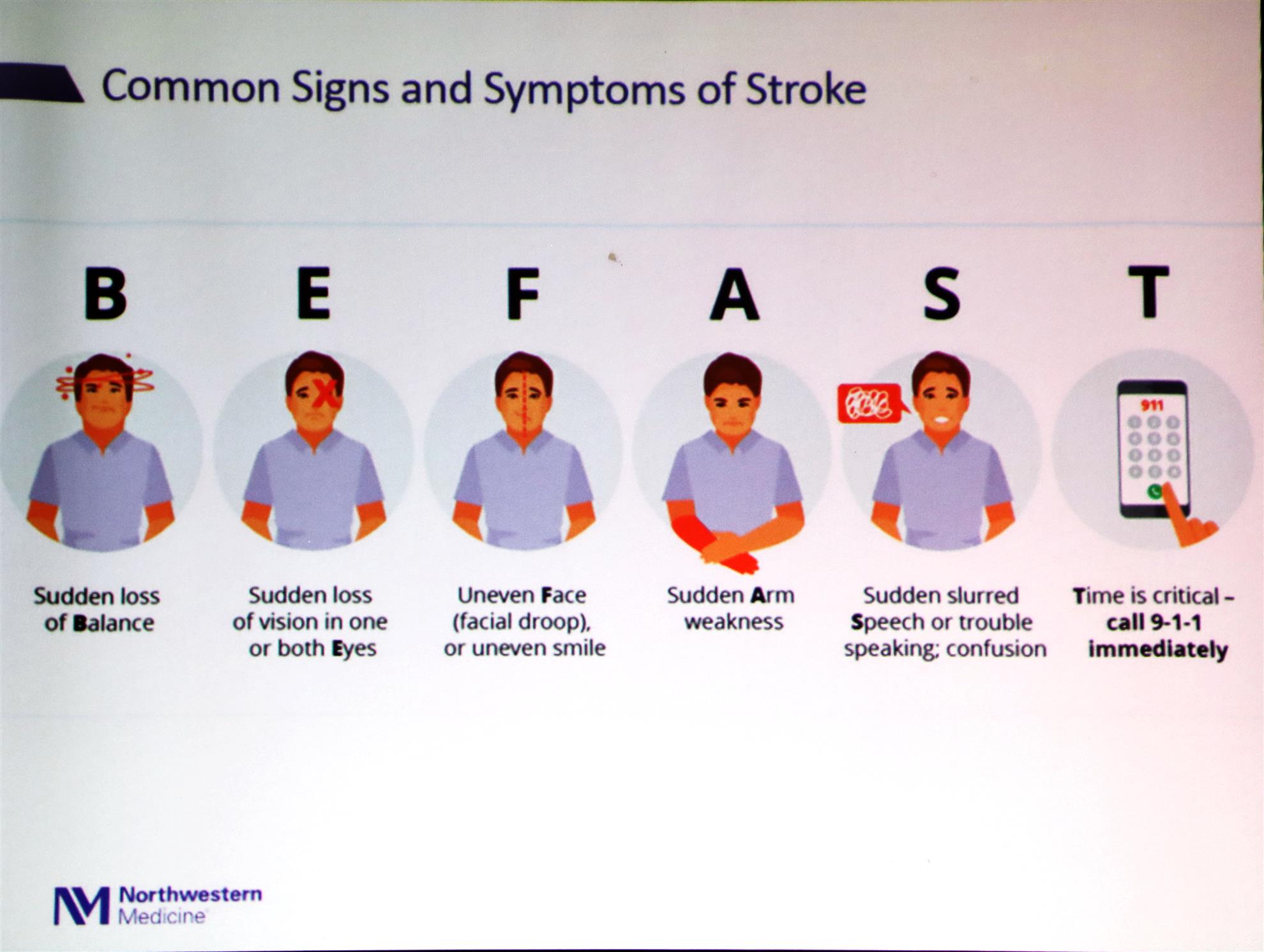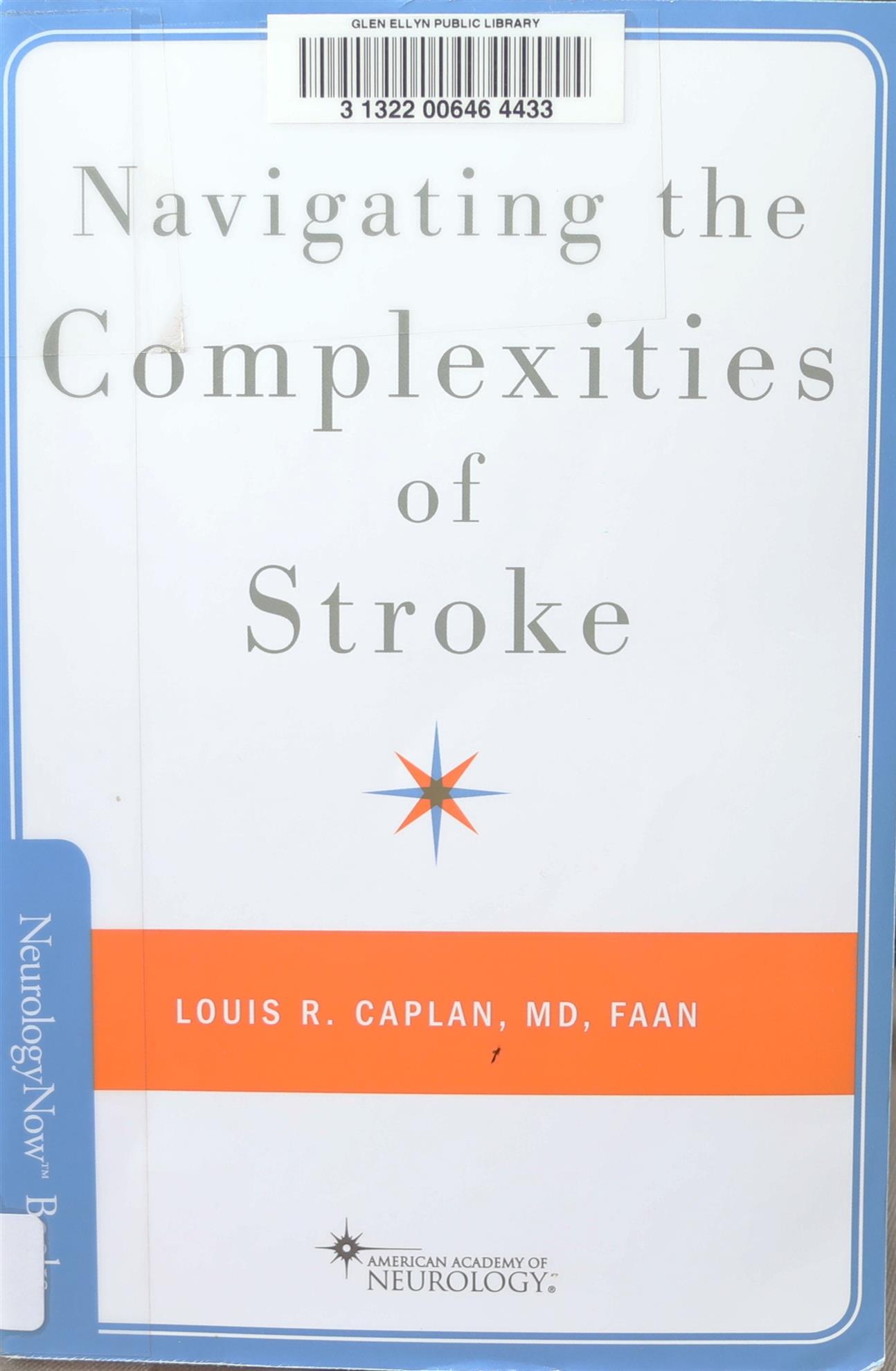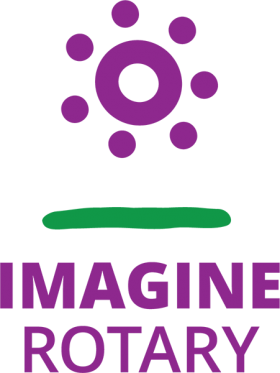Stroke By the Numbers - Ryan Keiler, MSN, RN
WINFIELD, Ill., May 3, 2018 /PRNewswire-USNewswire/ -- During an acute stroke blood flow to the brain stops. Every minute that passes without oxygen, another 1.9 million neurons die. With two comprehensive stroke centers, clinical research and a growing telestroke program, Northwestern Medicine is focused on providing rapid diagnosis and treatment for the more than 1,600 patients the academic medical system treats each year.
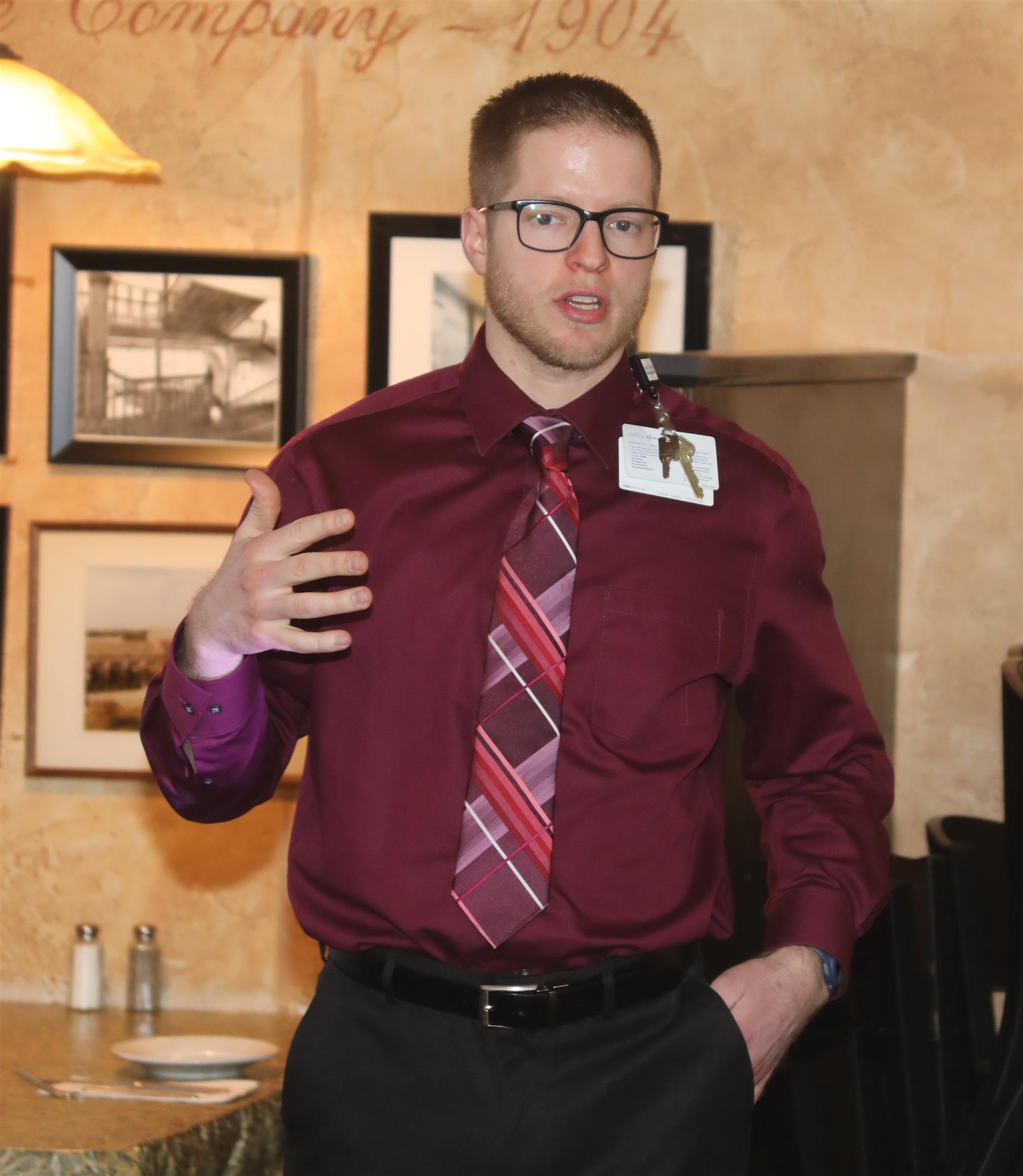
The latest tool in Northwestern Medicine's clinical offerings is a Mobile Stroke Unit, a specialized ambulance equipped with a 16-slice CT scanner to take detailed images of the brain, a direct telemedicine connection to neurologists at Northwestern Medicine Central DuPage Hospital (CDH) and stroke-specific medications, including the clot-busting drug tPA.
During its first year of service, the Northwestern Medicine Mobile Stroke Unit provided life-saving treatment 30 minutes faster than traditional transport. A data analysis found, on average, the Mobile Stroke Unit delivered tPA to ischemic stroke patients 52 minutes after 9-1-1 dispatch, compared to an average of 82 minutes for patients transported via ambulance.
Currently, tPA is the gold standard for the treatment of ischemic strokes caused by a clot. However, it can't be given until a CT scan or other imaging can determine if the stroke is ischemic or hemorrhagic. The Mobile Stroke Unit allows clinicians to make that determination from the patient's driveway.
"Every minute the brain goes without oxygen there is a 3.1 week acceleration of the natural aging process," said Harish Shownkeen, MD, medical director of the Stroke and Neurointerventional Surgery Programs at Northwestern Medicine Central DuPage Hospital. "By treating stroke patients faster, we are greatly improving the odds patients will suffer minimal to no long term deficits."
The goal is to diagnose and treat stroke within the "Golden Hour", the first 60 minutes following onset of symptoms when patients have much better outcomes. A 2014 study in JAMA found that less than 1% of patients treated with tPA in the U.S. receive the life-saving medication within the "Golden Hour". During the first year of service, 27% of eligible Mobile Stroke Unit patients received tPA within one hour of onset of symptoms.




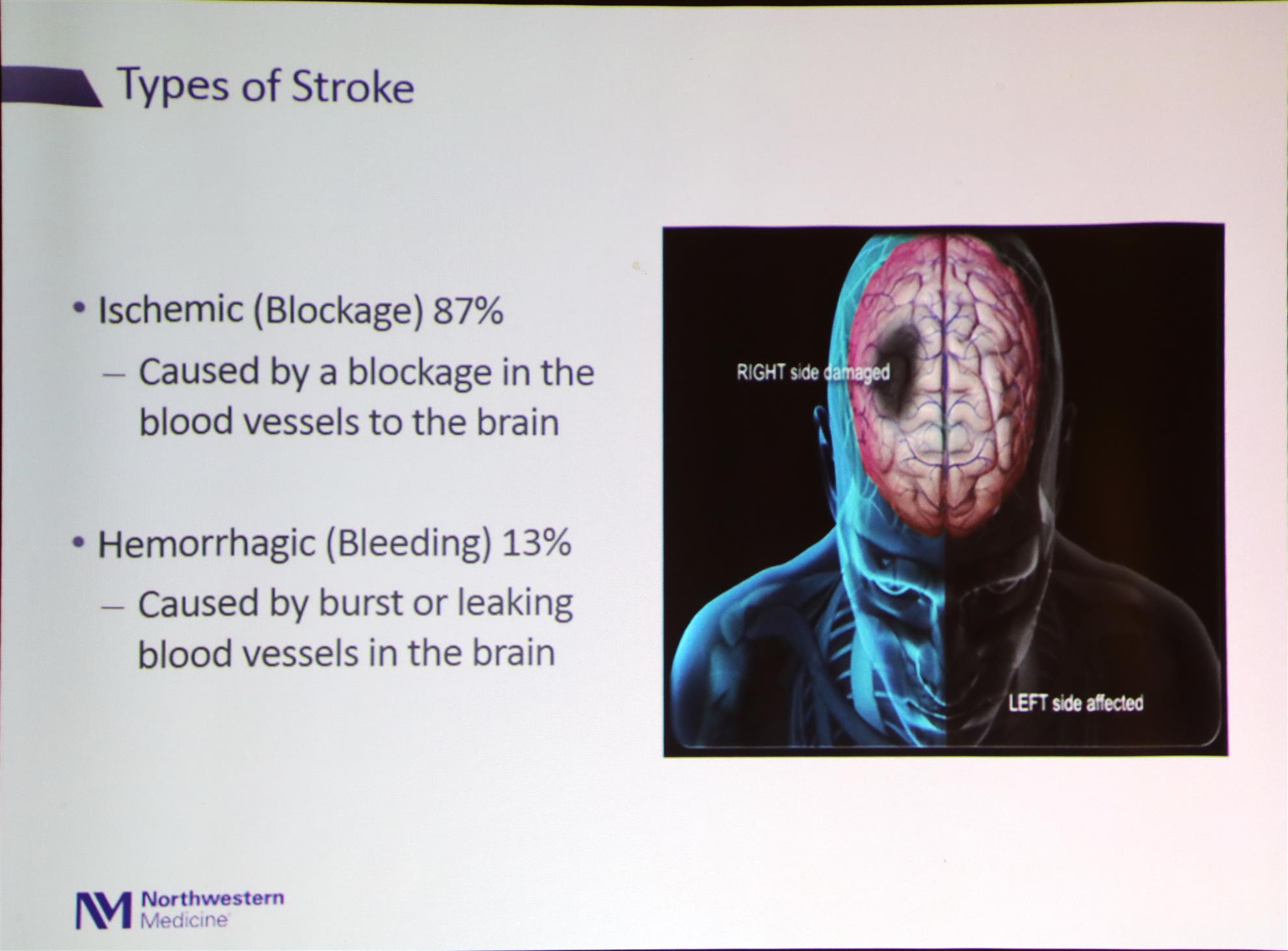
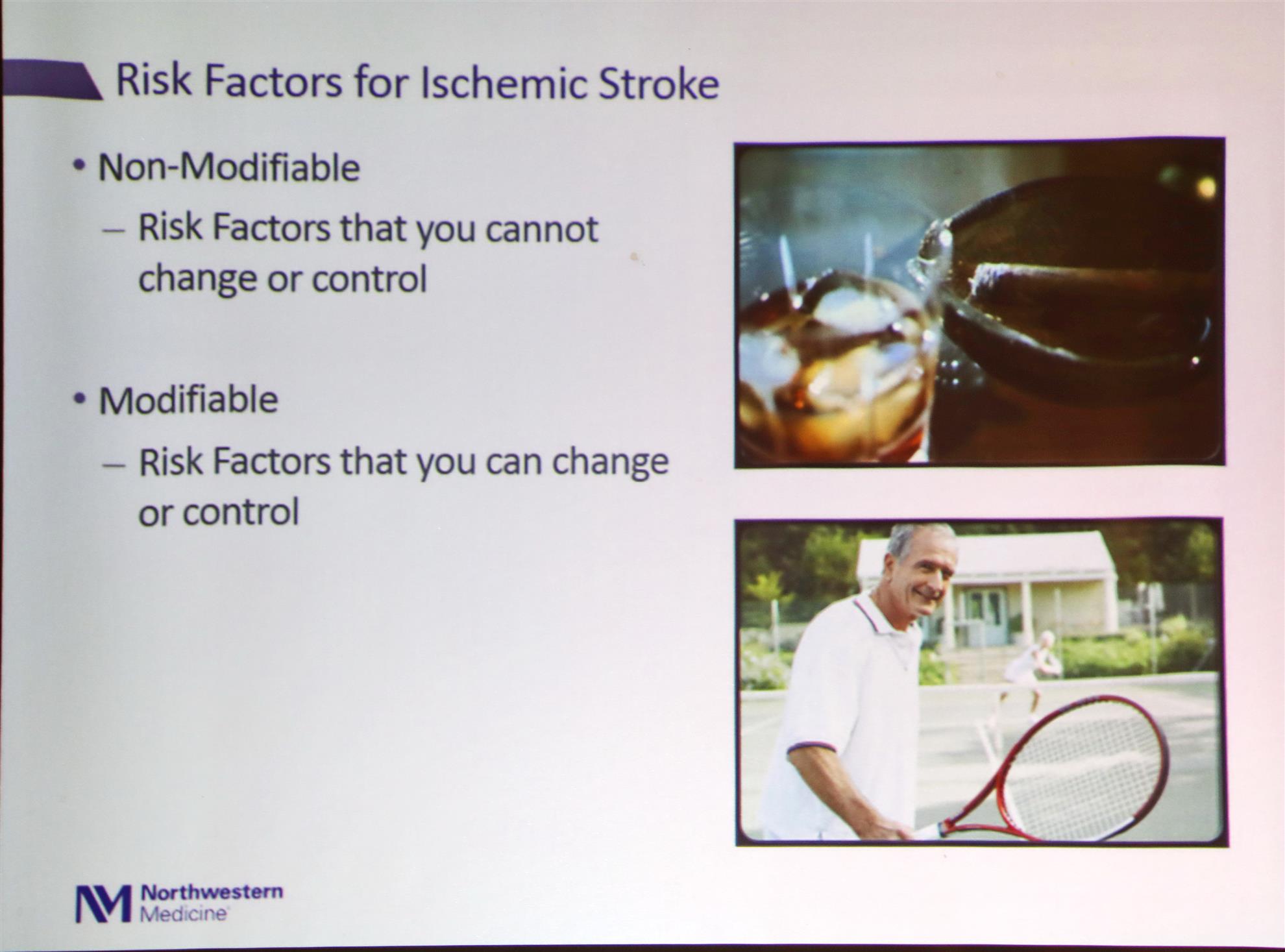
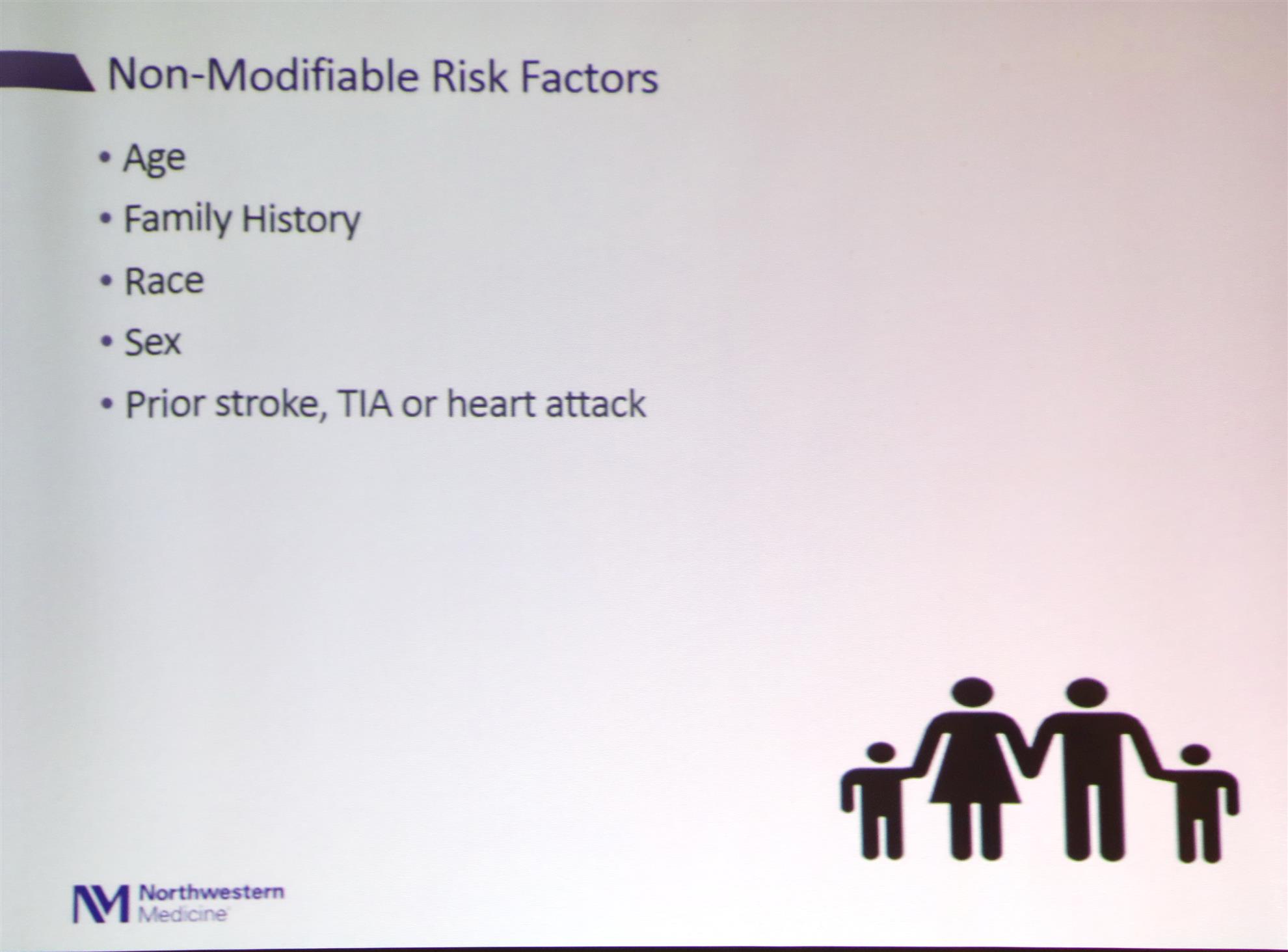

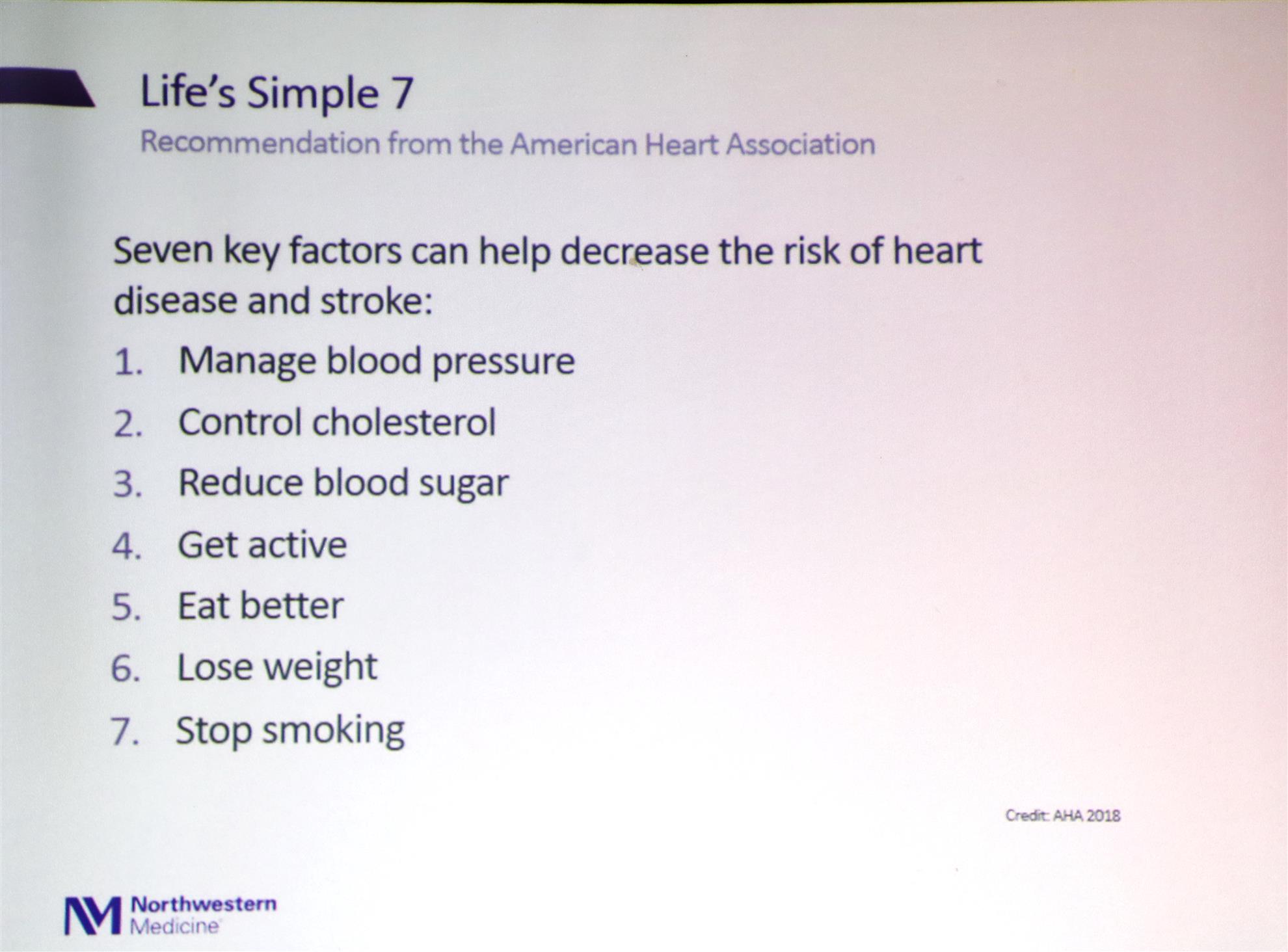
.JPG)
